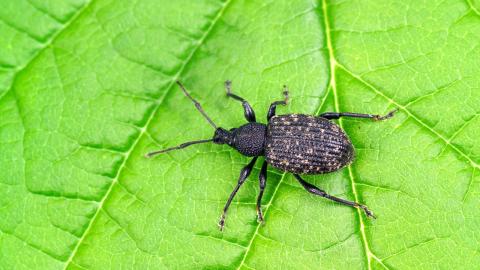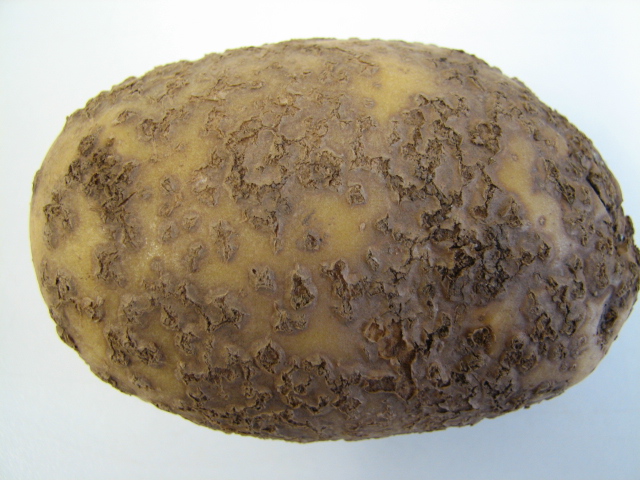Soil Cultivation
Non-inversion tillage characteristics include maintenance of soil structure including any compaction, reduction of erosion and nutrient losses and fewer nutrient losses at the time of cultivation.

Non-inversion tillage characteristics include maintenance of soil structure including any compaction, reduction of erosion and nutrient losses and fewer nutrient losses at the time of cultivation.
 Soil-borne pathogens of potato cause a number of serious blemish diseases. By employing appropriate soil sampling strategies in conjunction with a method for soil DNA extraction and real-time PCR assays to detect and quantify target pathogens, we can validate the relationship between soil-borne inoculum and disease risk. The relationship between pathogen detection and disease risk for black dot (Lees et al. 2010 and Brierley et al. 2015) and powdery scab (Brierley et al. 2012) have been determined. Furthermore, the impact of soil-borne inoculum on disease has been investigated in conjunction with other control factors such as host resistance and crop management, for example, crop duration and chemical control (Brierley et al. 2018).
Soil-borne pathogens of potato cause a number of serious blemish diseases. By employing appropriate soil sampling strategies in conjunction with a method for soil DNA extraction and real-time PCR assays to detect and quantify target pathogens, we can validate the relationship between soil-borne inoculum and disease risk. The relationship between pathogen detection and disease risk for black dot (Lees et al. 2010 and Brierley et al. 2015) and powdery scab (Brierley et al. 2012) have been determined. Furthermore, the impact of soil-borne inoculum on disease has been investigated in conjunction with other control factors such as host resistance and crop management, for example, crop duration and chemical control (Brierley et al. 2018).
Mixtures of several current recommended varieties of barley, particularly winter types, can be used to partially control many pathogens, particularly splash-dispersed pathogens such as R. commune (causing rhynchosporium or scald), as a control measure in their own right. However, in simple mixtures of two or three components, especially in spring barley, they are insufficiently effective and are best used in conjunction with other measures.
Repeatedly growing the same crop tends to lead to poor soil health, increased disease problems for some crops and declining yield, whereas well designed rotations can help build soil structure and fertility and prevent pathogen problems. Cultivation methods, climate and crop markets may determine quite different rotation strategies, and the impacts of intercropping and cover crops on cash crops must be carefully considered in crop sequence decisions. However, diversity is often at the centre of good rotation strategies.